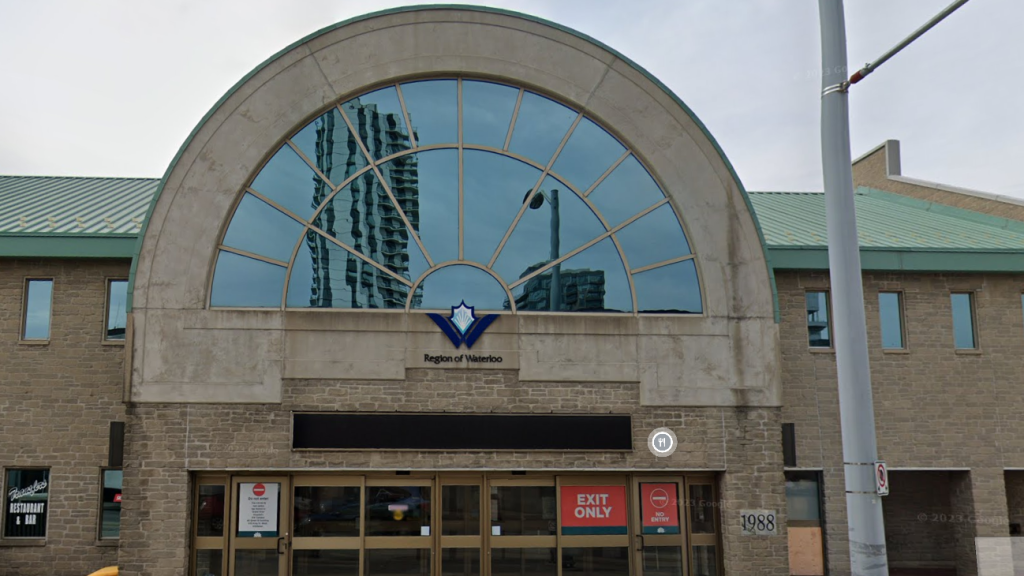Ontario reports 927 new COVID-19 cases, some health units reintroduce restrictions
Posted Nov 26, 2021 08:31:49 PM.
Two public health units reintroduced restrictions Friday as Ontario reported its highest daily COVID-19 case count since the beginning of September.
Public Health Sudbury and Districts reinstated a work-from-home order and officials in the Kingston area limited indoor gatherings in homes to 10 people.
The news came after Health Minister Christine Elliott announced Ontario was recording 927 new COVID-19 cases and five added deaths.
This is only the second time since May 31 that the daily case count has climbed above 900. On that day, there were 916 new cases and on Sept. 4, there were 944.
The new seven-day average for diagnoses sat at 711 on Friday, the highest it has been since Sept. 20.
The government has urged a regional approach to reintroducing public health measures as the fourth wave of COVID-19 swells once again, with officials saying they don’t want the province as a whole to move backwards.
Sudbury-area public health officials opted to take further action Friday after finding that infection rates remained “unacceptably high” despite earlier action.
The public health unit first started rolling back their reopening in early November, reintroducing capacity limits, requiring masking at organized public events and requiring proof of vaccination for youth sports.
Now, starting Monday, everyone in the area capable of working from home will be required to do so.
“Cases continue to be reported among young adults, social settings, and workplaces,” said Dr. Penny Sutcliffe, medical officer of health for the region. “It his hard to find a setting that is not impacted. With the widespread circulation of the virus in our community, our response also needs to be widespread.”
The public health unit for Kingston, Frontenac, and Lennox & Addington regions, meanwhile, said its new measures were based on a disproportionate number of cases spreading in homes.
“COVID-19 cases in the KFL&A region are rising and we know that nearly half of our cases are acquired in the household setting,” said Dr. Piotr Oglaza, medical officer of health for the regions. “Reducing indoor gathering limits in private dwellings is prudent and necessary to prevent illness and the spread of COVID-19.”
Earlier in the week, the Timiskaming Health Unit announced it, too, would reintroduce some restrictions.
“Currently we are seeing a high level of COVID-19 spread through every part of our district,” said Dr. Glenn Corneil, the unit’s medical officer of health.
It’s now requiring all close contacts of people with confirmed or suspected COVID-19 to self-isolate, reinstating capacity limits at restaurants, gyms and other indoor settings where they had been lifted, and show proof of vaccination to participate in or view sports in indoor facilities.
On Thursday, the province’s top doctor said he expects COVID-19 cases will continue to rise across the province as cold weather settles in.
“Sadly, all modelling would predict this would slowly, steadily rise and increase over the coming months, including January and February,” Dr. Kieran Moore said.
Hospital occupancy due to COVID-19 is also rising, with 140 people in intensive care due to the virus as of Friday, including 86 people on ventilators.
The province said 140 people were in intensive care with COVID-related critical illness, including 86 people on ventilators.
There were six people from Saskatchewan in Ontario hospitals as of Thursday, four of them in intensive care.
Of Friday’s new cases, Elliott said 494 were in people who weren’t fully vaccinated and 55 were in people with an unknown vaccination status.
The province said 86 per cent of people aged 12 and older have received two doses of a COVID-19 vaccine and vaccinations of kids aged five to 11 were continuing to pick up on Friday.
This report by The Canadian Press was first published Nov. 26, 2021.
Nicole Thompson, The Canadian Press










